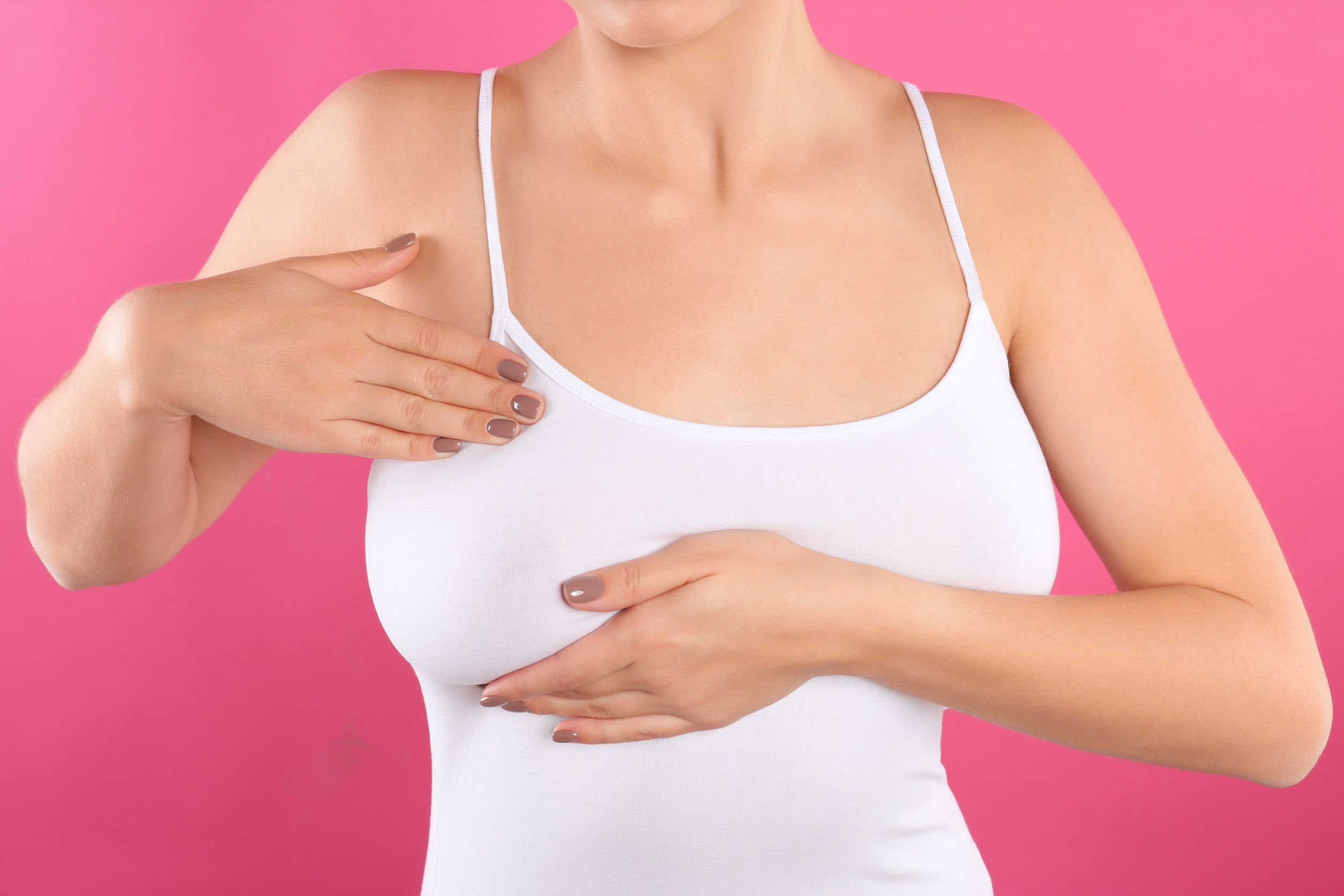BREAST CANCER ARE NOT JUST NUMBERS. THOSE ARE OUR MOTHERS, SISTERS, CO-WORKERS, FRIENDS.
It
is recommended to raise awareness about the care for healthy breasts
in early puberty. The first information about the importance of
breast self-examination should be given to girls at primary school
and refreshed at the first gynecological examination. Above all, it
is necessary to get to know your breasts and their structure first.
The breast is an organ or gland that changes during each menstrual
cycle, during pregnancy, breast feeding and menopause. It is
recommended to perform breast self-examination every month from the
age of 20 onwards during the cycle of days 5 to 12 of menstruation,
counted from the first day of bleeding (at that time the breasts are
less tense and painful), while during the menopause the period of
self-examination is not limited , however, systematizing is
important. Some breasts are inherently full of nodules or knots, so
it is important to get used to the so-called. “normal state”,
to get to know the structure of your breast to help identify
potential changes to your breast. This way you can notice the unusual
changes yourself and have the opportunity to act at the same time.
Any change, even a small change that is located in the breast for
more than two cycles, should be an alarm. Faster action consequently
contributes to faster diagnosis, treatment and
rehabilitation.
Unfortunately, on average, only about 15% of
breast cancers are detected with preventive methods, which reflects
the fact that breast prevention alone is not given enough attention.
Breast cancer is a disease with high mortality, with an average of
one in four women dying. Hereditary factors, such as family illness,
have a significant impact on the disease itself, but the so-called
dangerous factors and lifestyle are by no means negligible.
Keep
in mind the most common signs that may indicate breast disease:
–
a
lump or swelling in the breast that does not disappear,
–
wrinkled or retracted skin,
– flaky skin next to the nipple,
– altered breast or nipple shape,
– nipple discharge.
The
likelihood of developing the disease is influenced by various
factors; hereditary factors, hazardous factors and lifestyle:
- illness in the immediate family circle (mother, sister, daughter),
- birth of a child after the age of 30 or without pregnancy,
- first menstruation before the age of 12 and absence after age 50,
- over-exposure to upper body X-rays before the age of 40,
- previous non-cancerous changes in the breast,
- lack of physical activity,
- overweight,
- prolonged use of contraception or estrogen treatment,
- prolonged stress situations,
- smoking.
Breast Cancer Misconceptions and Stereotypes:
- breast cancer is an incurable disease,
- breast cancer is a disease of older women,
- malignant tumor in the breast grows within a few months,
- I did a checkup, test results are OK, I am 100% healthy.
For answers related to your breasts, your questions are answered every Wednesday between 11:00 am 12:00 noon by BreastScan Diagnostics Specialist Andreja Rajh, Ing. of Radiology. Call us at our toll-free number 080 12 03 – general information.

